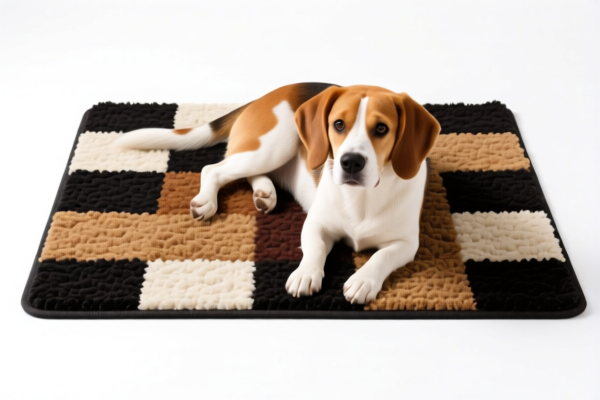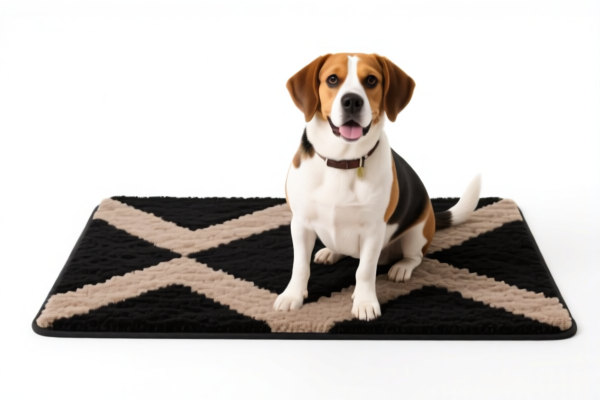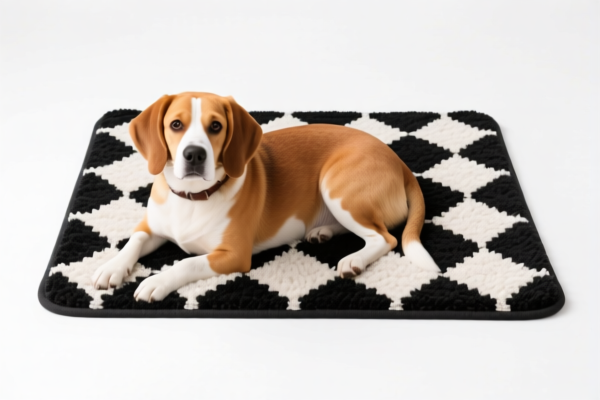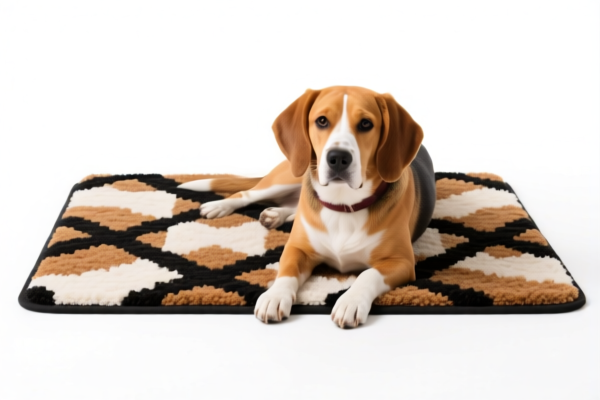| HS Code | Official Doc | Tariff Rate | Origin | Destination | Effective Date |
|---|---|---|---|---|---|
| 6114909070 | Doc | 35.6% | CN | US | 2025-05-12 |
| 6307907500 | Doc | 34.3% | CN | US | 2025-05-12 |
| 6304996040 | Doc | 33.2% | CN | US | 2025-05-12 |
| 6304996030 | Doc | 33.2% | CN | US | 2025-05-12 |
| 4818900080 | Doc | 37.5% | CN | US | 2025-05-12 |
| 4823908000 | Doc | 55.0% | CN | US | 2025-05-12 |
| 4823906000 | Doc | 55.0% | CN | US | 2025-05-12 |
| 3926201010 | Doc | 30.0% | CN | US | 2025-05-12 |
| 3926909905 | Doc | 42.8% | CN | US | 2025-05-12 |
| 3924900500 | Doc | 40.6% | CN | US | 2025-05-12 |
| 6405909060 | Doc | 42.5% | CN | US | 2025-05-12 |
| 6405909030 | Doc | 42.5% | CN | US | 2025-05-12 |




Pet Finger Cots
Pet finger cots are small, finger-shaped coverings designed to protect a pet’s paws or to aid in administering medication or care. They are commonly used for animals with sensitive paws, injuries, or those requiring topical treatments.
Material
Pet finger cots are typically made from:
- Silicone: A flexible, non-toxic, and waterproof material. Silicone cots are reusable and easy to clean. They offer good protection and are comfortable for the pet.
- Rubber (Latex or Nitrile): Provide a secure fit and good barrier protection. Latex cots may cause allergic reactions in some animals. Nitrile is a latex-free alternative.
- Fabric (Cotton or Blended): Used primarily for breathable coverings, often with an adhesive backing to secure them. These are generally disposable and used for lighter protection or wound care.
- Polyurethane: A durable, flexible plastic that offers good chemical resistance and is often used for longer-term protection.
Purpose
The primary purposes of pet finger cots include:
- Wound Protection: Shielding injuries like cuts, abrasions, or post-surgical incisions from licking, scratching, and contamination.
- Medication Application: Facilitating the application of topical creams, ointments, or liquids directly to a paw or wound.
- Paw Protection: Protecting sensitive paws from harsh environments, hot surfaces, ice, snow, or allergens.
- Preventing Self-Trauma: Discouraging pets from excessively licking or chewing at their paws, which can exacerbate injuries or infections.
- Post-Operative Care: Keeping bandages clean and dry after surgery.
Function
Finger cots function by:
- Creating a Barrier: Isolating the affected area from external contaminants and the pet's own interference.
- Promoting Healing: Providing a clean and protected environment for wounds to heal.
- Enhancing Medication Effectiveness: Ensuring direct contact between medication and the affected area.
- Improving Compliance: Making it easier to administer treatment without resistance from the pet.
Usage Scenarios
Common scenarios for using pet finger cots:
- Dogs and Cats with Paw Injuries: Cuts, scrapes, abrasions, burns, or post-surgical wounds.
- Pets with Allergies or Dermatitis: Protecting sensitive paws from allergens and irritants.
- Animals with Paw Infections: Keeping wounds clean and preventing further contamination.
- Pets with Sensitive Paws: Protecting paws from hot pavement, cold weather, or rough terrain.
- Administering Topical Medications: Applying creams, ointments, or liquids to paws or wounds.
- Post-operative care: Protecting incisions and bandages.
Common Types
- Open-End Cots: These have one open end and are easier to apply and remove but offer less complete protection.
- Closed-End Cots: Provide full coverage and are more secure but can be more difficult to apply.
- Adhesive Cots: Feature an adhesive backing for a secure fit, often used for lighter protection or wound care.
- Reusable Cots: Made from silicone or rubber and can be washed and reused multiple times.
- Disposable Cots: Made from fabric or latex and are designed for single-use.
- Textured Cots: Offer improved grip and dexterity for medication application.
- Varied Sizes: Cots are available in a range of sizes to accommodate different paw sizes.
Pet finger cots fall under articles of apparel and clothing accessories, specifically designed for pets. Based on the provided information, the following HS codes are relevant:
- 6307907500: This HS code covers “Other made up articles, including dress patterns: Other: Toys for pets, of textile materials”. While not directly finger cots, if the finger cot is made of textile materials and considered a pet toy, this code may apply. The total tax rate is 34.3% (Basic tariff: 4.3%, Additional tariff: 0.0%, Tariff after 2025.4.2: 30.0%).
- 3926201010: This HS code covers “Other articles of plastics and articles of other materials of headings 3901 to 3914: Articles of apparel and clothing accessories (including gloves, mittens and mitts): Gloves, mittens and mitts: Seamless Surgical and medical”. If the pet finger cot is made of plastic and considered a medical accessory for pets, this code may be applicable. The total tax rate is 30.0% (Basic tariff: 0.0%, Additional tariff: 0.0%, Tariff after 2025.4.2: 30.0%).
- 3924900500: This HS code covers “Tableware, kitchenware, other household articles and hygienic or toilet articles, of plastics: Other: Nursing nipples and finger cots”. This is the most directly applicable code if the finger cot is made of plastic and intended as a hygienic or toilet article for pets. The total tax rate is 40.6% (Basic tariff: 3.1%, Additional tariff: 7.5%, Tariff after 2025.4.2: 30.0%).
Important Note:
Regarding HS code 3924900500, please note that the item is classified as hygienic or toilet articles of plastics. The total tax rate is 40.6% (Basic tariff: 3.1%, Additional tariff: 7.5%, Tariff after 2025.4.2: 30.0%).
Customer Reviews
No reviews yet.